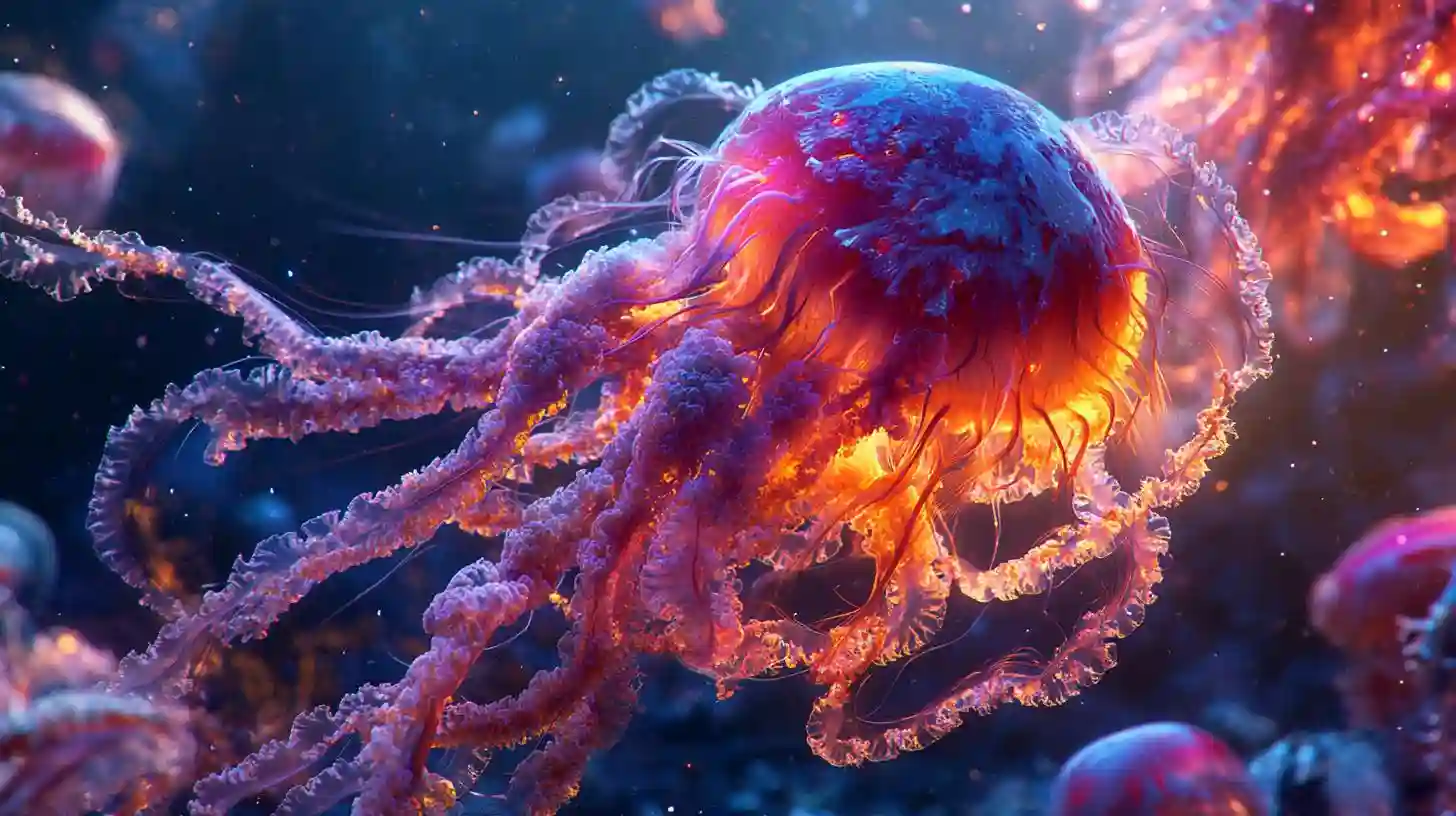
One of the ocean's most fascinating creatures, the jellyfish, exhibits extraordinary traits that continue to captivate researchers and marine enthusiasts alike. Among the myriad species of jellyfish, the Turritopsis dohrnii stands out due to its remarkable ability: it can revert to its juvenile form after reaching maturity. This astonishing capability makes it a focal point of scientific inquiry, as it raises questions about life cycles, aging, and biological immortality in the animal kingdom.
Native to the Mediterranean Sea, Turritopsis dohrnii is often called the "immortal jellyfish." This title may evoke visions of mythical beings, yet the reality is even stranger and more captivating. When faced with environmental stressors, physical damage, or the threat of death, this jellyfish has the unique ability to metamorphose its cells, essentially transforming back into its polyp stage, the earliest phase of its life cycle. This phenomenon, known as transdifferentiation, involves the reprogramming of differentiated cells to take on new forms and functions, allowing the jellyfish to essentially restart its life.
The lifecycle of Turritopsis dohrnii begins as a fertilized egg, which develops into a larval stage known as a planula. The planula eventually settles on a substrate and matures into a polyp, a sedentary form that can reproduce asexually. Over time, the polyp produces medusae, the free-swimming adult stage commonly recognized when we think of jellyfish. However, unlike other jellyfish species, Turritopsis dohrnii does not necessarily succumb to the end of its life cycle after reaching the medusa stage. Instead, it finds a way to revert dramatically to an earlier stage when life becomes challenging.
This ability to revert to an earlier developmental stage is not just a neat trick of nature. It serves a purpose grounded in survival. In nature, organisms often face numerous threats such as changes in environmental conditions, predation, and scarcity of resources. By reverting back to the polyp stage, Turritopsis dohrnii buys itself time to heal and grow anew, avoiding the mortal consequences that would usually end its life. Essentially, rather than simply aging and dying, this jellyfish has found a way to dodge the natural lifecycle imposed upon many other beings in the animal kingdom.
The scientific implications of this phenomenon extend beyond the life of a jellyfish; they touch upon deeper questions concerning the mechanisms of aging and the concepts of immortality. What mechanisms allow Turritopsis dohrnii to undergo transdifferentiation? How can its cells reprogram themselves without external influences? These questions drive researchers to explore cellular biology, regenerative medicine, and the potential applications of this jellyfish's remarkable abilities in human health. Unlocking the biological mysteries behind this jellyfish could hint at revolutionary advancements in how we understand aging and regeneration in other species, including humans.
While the idea of immortality can be alluring, it also invites ethical and philosophical inquiries. If creatures like Turritopsis dohrnii can defy the natural order of life and death, what does that mean for our understanding of life cycles and ecological balance? Such considerations provoke fascinating debates among scientists, ethicists, and environmentalists alike.
Interestingly, the ability to revert to a juvenile stage is not common in the animal kingdom. Most creatures face the inevitability of aging and death as part of their life cycle. Yet, Turritopsis dohrnii embodies a singular exception. The jellyfish's uniquely adaptable nature illustrates nature’s unending creativity. The ability to escape the cycle of life and death is one of those grand mysteries that keep science motivated to explore the unknown.
As we deepen our understanding of Turritopsis dohrnii and its remarkable capabilities, we realize that the ocean still holds countless wonders we have yet to discover. Through the study of these mystical creatures, scientists continue to uncover secrets tied to evolutionary biology, cellular transformation, and the enduring quest to understand life itself. The world of jellyfish, particularly that of the Turritopsis dohrnii, serves as a testament to the extraordinary adaptability of life forms on Earth, showcasing both the complexities of biology and the infinite marvels of nature.